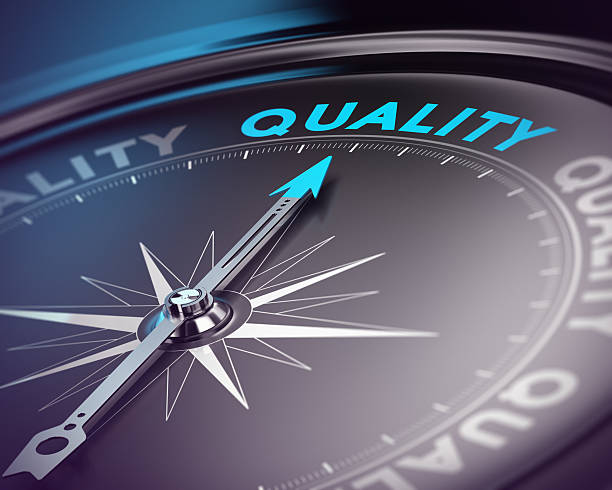Signs That Your Quality Assurance Process Needs To Be Updated
It's time to make a procedure modification that will ensure compliance and a strong stance that will lead to better loan decisions.
You utilize a variety of AMCs and don't have a consistent platform
Most lenders work with several AMCs, each with its own set of procedures. You may still get the benefits of employing numerous AMCs while requiring a consistent methodology across all suppliers. Plus, as your business grows and you try multiple suppliers, your unified QC procedure will allow you to onboard new AMCs much faster. Instead of you adjusting to the service standards of numerous providers, they follow your rules when you design the strategy.
Your company's numerous divisions have separate assessment methods
Is there a difference in the solution used by wholesale and retail? Do all of your divisions use the same procedure? Is there a difference in the solutions used by various branches? It's tough to assure quality without visible QC consistency, and your compliance is jeopardized.
You don't have an audit trail for each appraisal to show that you did your homework
Even if a procedure is exhaustive, documentation is still required. To reduce the risk of compliance fines and buybacks, an end-to-end audit trail for the due diligence process on each appraisal should be normal operating practice, and it's quite simple to implement with technology at no additional cost to the loan file.
On every evaluation, you order additional valuation items simply to be safe
This is a frequent practice, yet it may be a major and unneeded cost. The aim is to include an AVM or analytics on every evaluation, regardless of whether the extra data supports it. The problem is that these reports don't actually QC anything; instead, they only supply more information. When you order something on every report, whether you need it or not, the cost piles up and the value is lost.
You switch back and forth with your AMC far too frequently
Most of the time, underwriters and lending processors aren't sure what the AMC has already done or what they've overlooked, so they waste time asking the AMC and appraisal vendors questions. Include a means for staff and the AMC to readily (ideally automatically) document what they've done in your process. With this method, your AMC may proactively identify the issues that your underwriters need to focus on, ensuring that you get the most out of your AMC and that your team saves time.
Each of your underwriters or processors does quality control in a unique way
You'll have uncertainty among LOs, appraisers, AMCs, examiners, and borrowers regarding your organization's valuation criteria if you don't having uniform appraisal QC standards. This position carries inherent reputational and compliance issues, making development extremely difficult.
When you hire AMCs as your assessment specialists, you're asking underwriters to be appraisers
Many underwriters are spending time going back and forth with your AMCs, despite the fact that experienced underwriters are becoming harder to come by and departments are shrinking. Processing files will be significantly slower and less effective if your underwriter is evaluating the full report rather than only the incurable concerns highlighted by your AMC. Your business is at a disadvantage if your AMCs don't have a consistent means to report the QC work they've previously done and can't rapidly pinpoint the issues that need underwriting review.
You're requesting too many adjustments from AMCs, and you don't have a written audit trail in place to prevent the same requests from being made again in the future
It will be tough to develop if you focus on the quality control of each assessment separately rather than leveraging remedies for common concerns throughout your whole process to reduce future revision requests. Your process can't improve rapidly enough as a whole, thus the only way to expand is to hire more people and increase payroll costs. Adding more people to an issue, as we all know, may lead to increased inconsistency and compliance problems.
Deals are failing due to valuation flaws, but you don't know how to spot them when the loan is made
A consistent QC process can significantly reduce risk and keep you compliant with regulatory and investor requirements. Valuation problems are consistently cited as one of the most significant risks, and a consistent QC process can significantly reduce risk and keep you compliant with regulatory and investor requirements.
Your assessment quality control checklist is all in a man's (or woman's) mind
When an examiner or investor inquires about your appraisal quality assurance procedure, the appraisal desk manager simply winks and taps his or her head as if to say, "It's all in here," you're definitely in danger. As soon as feasible, establish a documented, consistent, and adaptable approach.
If any of these warning flags seem familiar, assessing your process for compliance and efficiency might be quite beneficial.

